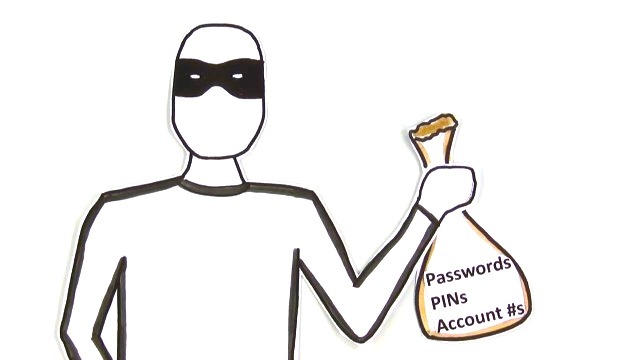Phishing
 phishing is nothing but an attempt to acquire sensitive information such as usernames, passwords and credit card details by pretending to be a trustworthy entity in an electronic communication. it involves sending fake e-mails, text massages and creating fake websites which pretends to be official.
phishing is nothing but an attempt to acquire sensitive information such as usernames, passwords and credit card details by pretending to be a trustworthy entity in an electronic communication. it involves sending fake e-mails, text massages and creating fake websites which pretends to be official.Modus Operandi :
They Trick you Through Emails or massages into giving them your information such as bank details , password by asking you to update, validate or confirm your account.spyware is a software that displays advertisements (adware) or that tracks personal or sensitive information.
Spyware
 Spyware is a software that displays advertisements (adware) or that tracks personal or sensitive information. it can change the configuration of your computer without your knowledge.
Spyware is a software that displays advertisements (adware) or that tracks personal or sensitive information. it can change the configuration of your computer without your knowledge.
Possible Harms :
- Collect information about you without you knowing about it and give it to third parties.
- Send your usernames, passwords, surfing habits, list of applications you've downloaded, settings, and even the version of your operating system to third parties
- Take you to unwanted sites or inundate you with uncontrollable pop-up ads.
Trojan Horses
Trojans can be employed by cyber-thieves and
hackers trying to gain access to users' systems. Users are typically tricked by
some form of social engineering into loading and executing Trojans on their
systems. Once activated, Trojans can enable cyber-criminals to spy on you,
steal your sensitive data, and gain backdoor access to your system.
 ·
Trojan-Banker Trojan-Banker programs are designed to steal your account data for
online banking systems, e-payment systems, and credit or debit cards.
·
Trojan-Banker Trojan-Banker programs are designed to steal your account data for
online banking systems, e-payment systems, and credit or debit cards.
- Trojan-Downloader